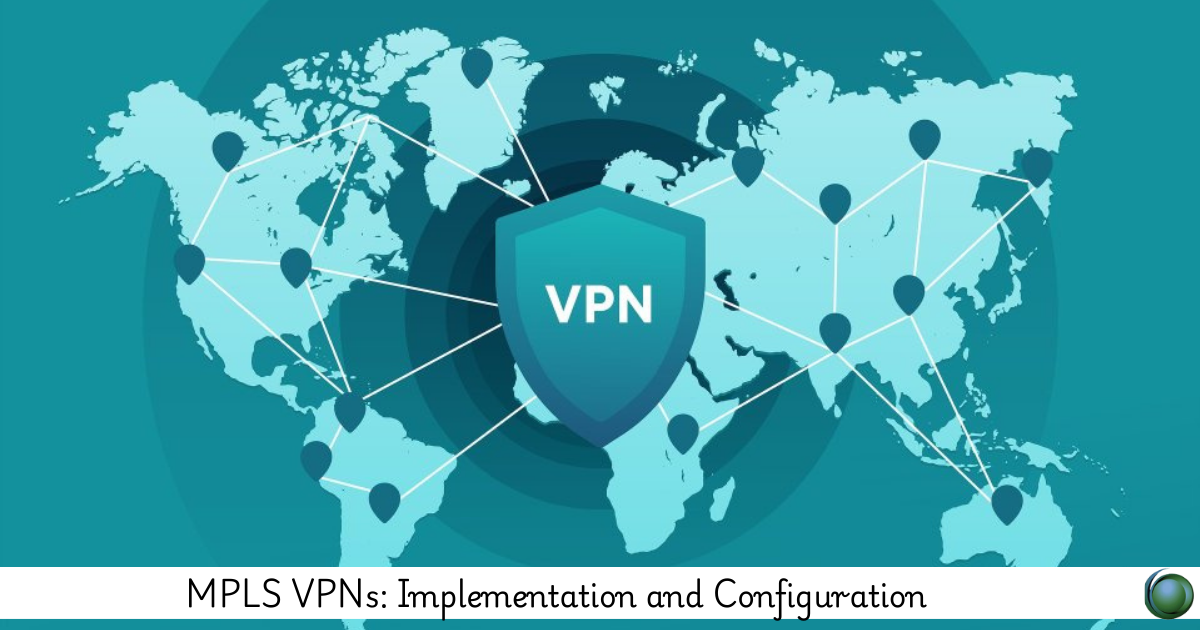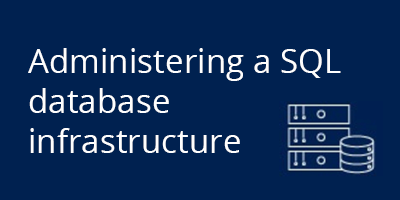Description
Introduction of MPLS Virtual Private Networks(VPNs)
Multiprotocol Label Switching (MPLS) Virtual Private Networks(VPNs) provide secure, scalable, and efficient communication for enterprises and service providers. By leveraging MPLS technology, businesses can create isolated networks for different customers while maintaining high performance and Quality of Service (QoS). This course covers the fundamental concepts, implementation techniques, and best practices for configuring MPLS VPNs.
Prerequisites
- Understanding of basic networking concepts (IP addressing, subnetting, and routing).
- Familiarity with MPLS fundamentals and label switching.
- Knowledge of routing protocols such as BGP, OSPF, or IS-IS.
- Basic experience with network configuration on Cisco or Juniper devices.
Table of Contents
1. Introduction to MPLS Virtual Private Networks(VPNs)
1.1 What is an MPLS VPN?
1.2 Benefits of MPLS VPNs Over Traditional VPNs
1.3 MPLS VPN Use Cases in Enterprises and Service Providers
2. MPLS VPN Architecture and Components
2.1 Provider Edge (PE) and Customer Edge (CE) Devices
2.2 MPLS Label Switching and Forwarding Mechanisms
2.3 VPN Routing and Forwarding (VRF) Tables
3. Layer 3 MPLS VPNs: Principles and Configuration
3.1 Understanding Layer 3 MPLS VPNs(Ref: MPLS Traffic Engineering: Optimization and Best Practices)
3.2 Configuring VRF Instances on PE Routers
3.3 Route Distinguisher (RD) and Route Targets (RT)
4. Layer 2 MPLS VPNs: VPLS and VPWS
4.1 Virtual Private LAN Service (VPLS) Overview
4.2 Virtual Private Wire Service (VPWS) and Point-to-Point VPNs
4.3 Configuring Layer 2 VPNs with MPLS
5. BGP/MPLS VPN Routing
5.1 Role of BGP in MPLS VPNs(Ref: Advanced MPLS: QoS, Security, and Network Resilience)
5.2 Configuring BGP for VPN Route Exchange
5.3 Route Reflectors and VPN Scaling Considerations
6. Security and Traffic Engineering in MPLS VPNs
6.1 Security Best Practices for MPLS VPNs
6.2 Traffic Engineering (TE) for Optimized VPN Performance
6.3 Implementing QoS in MPLS VPN Environments
7. MPLS VPN Inter-AS and Carrier Supporting Carrier (CSC)
7.1 Connecting Multiple Autonomous Systems with MPLS VPNs
7.2 Carrier Supporting Carrier (CSC) for Large-Scale Deployments
7.3 Implementing MPLS VPNs Across Service Providers
8. MPLS VPN Monitoring, Troubleshooting, and Optimization
8.1 Monitoring MPLS VPN Performance with Network Tools
8.2 Common MPLS VPN Configuration Issues and Solutions
8.3 Best Practices for Optimizing MPLS VPN Deployments
MPLS VPNs provide a robust and scalable solution for enterprises and service providers to securely connect remote locations and customers. By mastering MPLS Virtual Private Networks(VPNs) implementation and configuration, network professionals can build high-performance VPN infrastructures that ensure security, reliability, and efficient traffic management.







Reviews
There are no reviews yet.